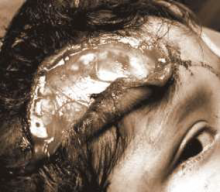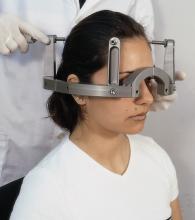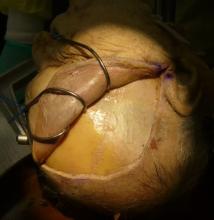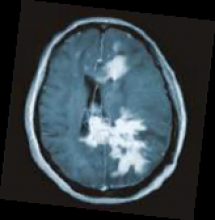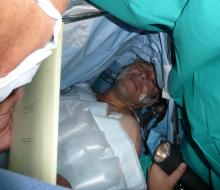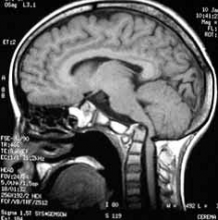Epidemiology of traumatic brain injury in children
The trauma cranioencephalic (TCE) in the paediatric patient has special characteristic clinical and epidemiological that separate it from the adult, characteristics that must be taken in bill for the implementation of a suitable plan of attention in emergency, improvement of the reference system and of promotional preventive measurements with the purpose of decrese the morbimortalidad.

